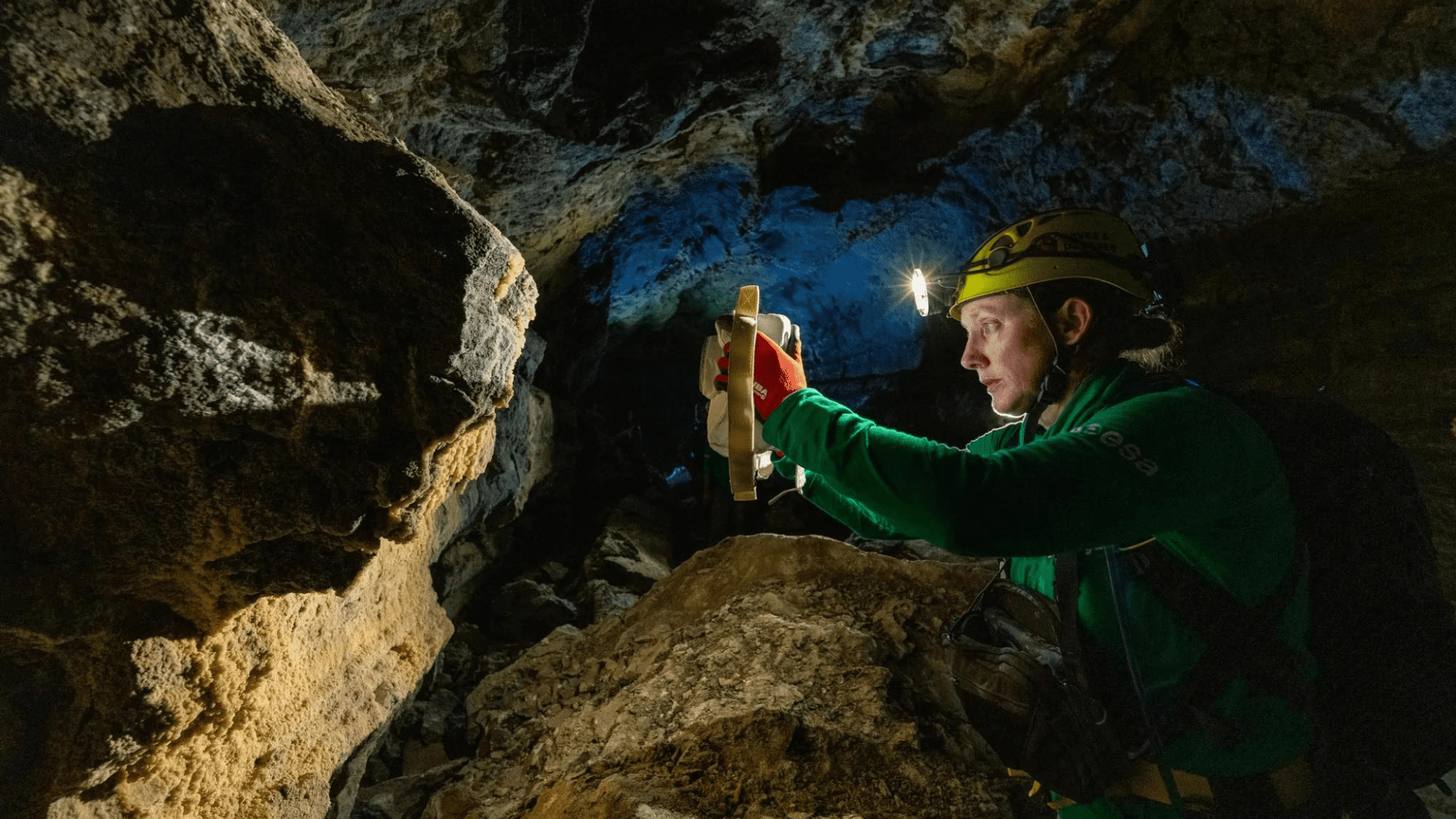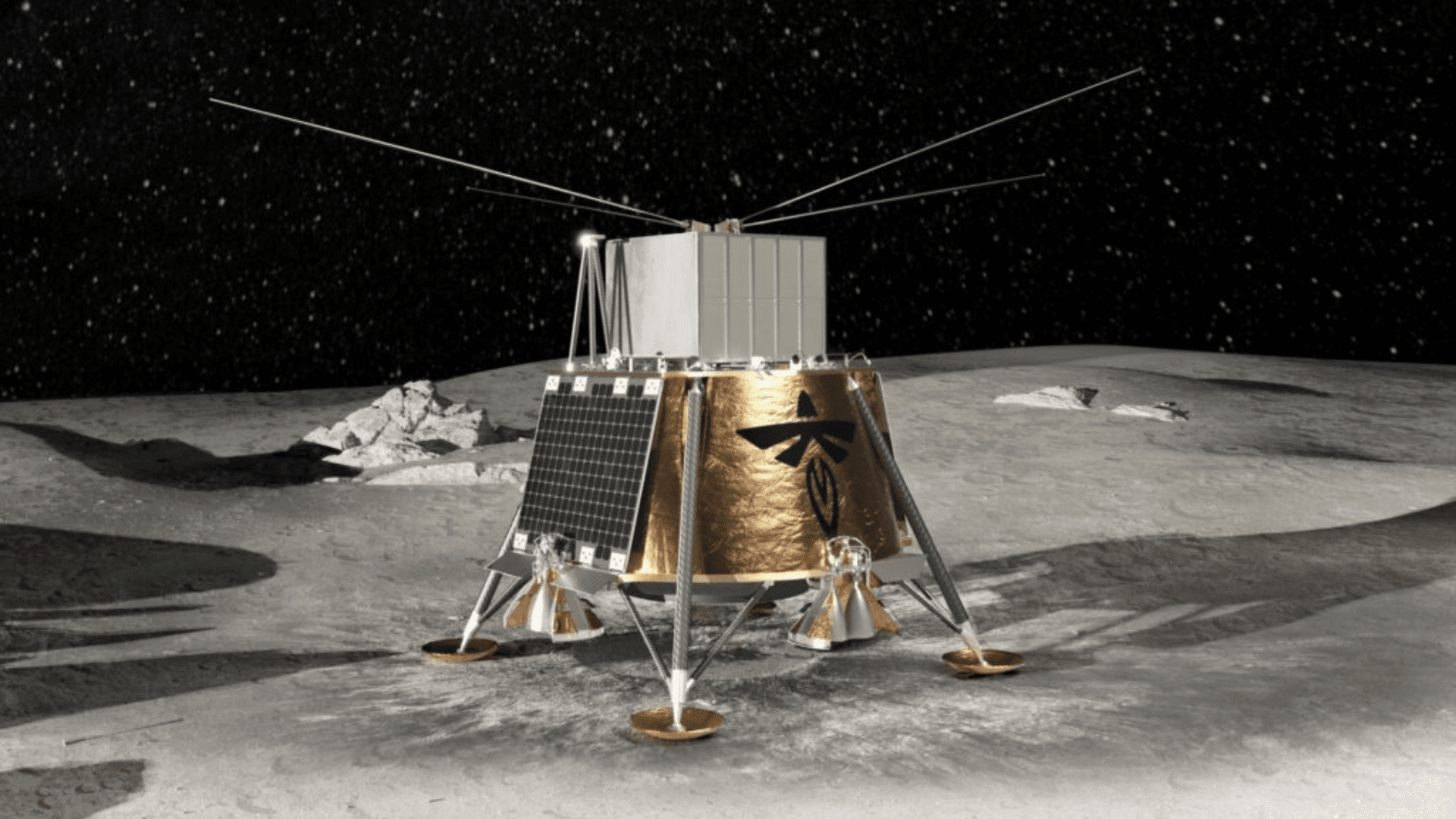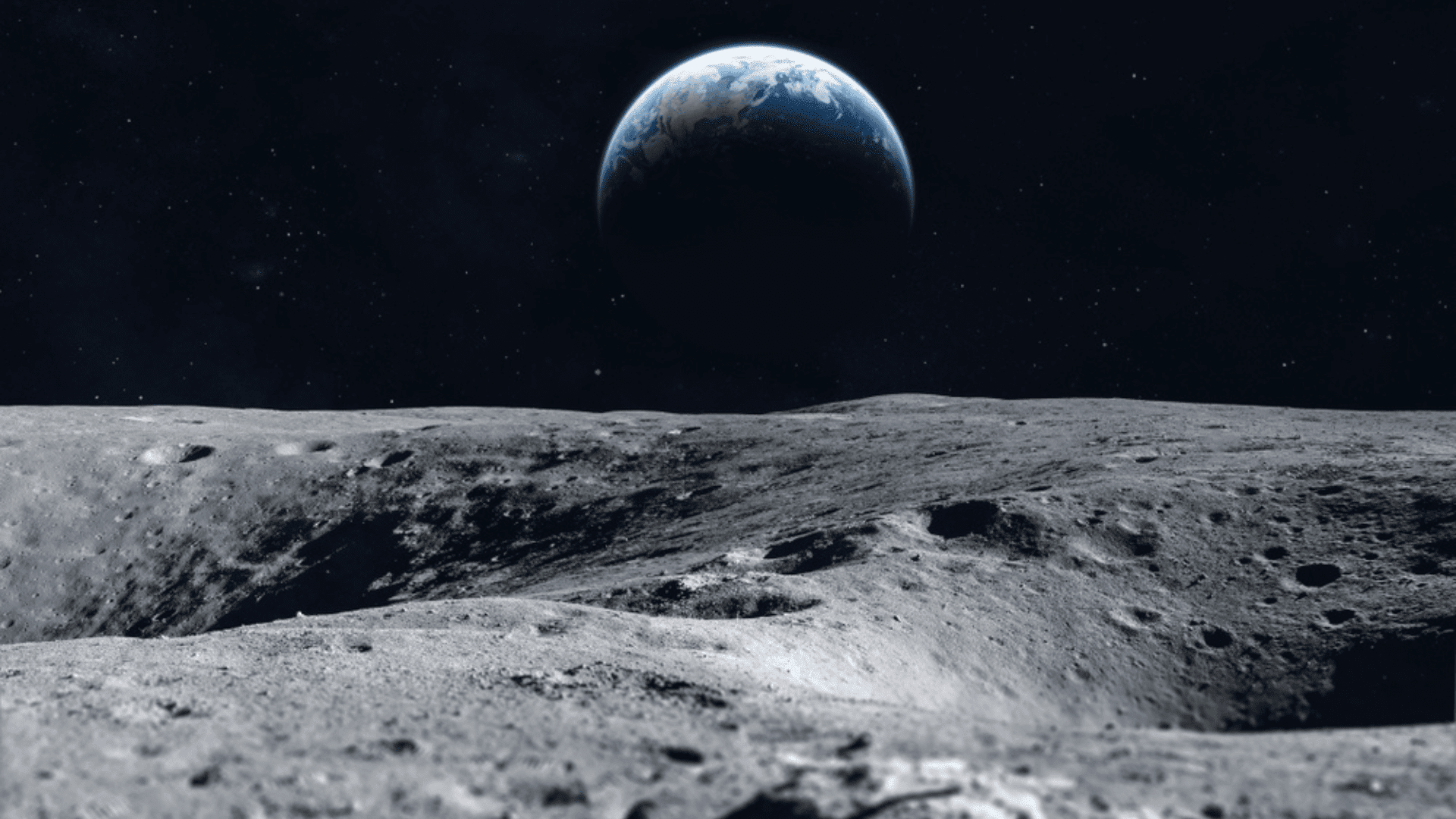NASA is preparing for the Artemis mission where, for the first time in over 50 years, humans will once again step on the surface of the Moon. The agency recently selected the first lunar instruments for the Artemis III mission, which is set to take place in September 2026. The instruments all serve different purposes but all aim to help human exploration.
A New Era of Exploration
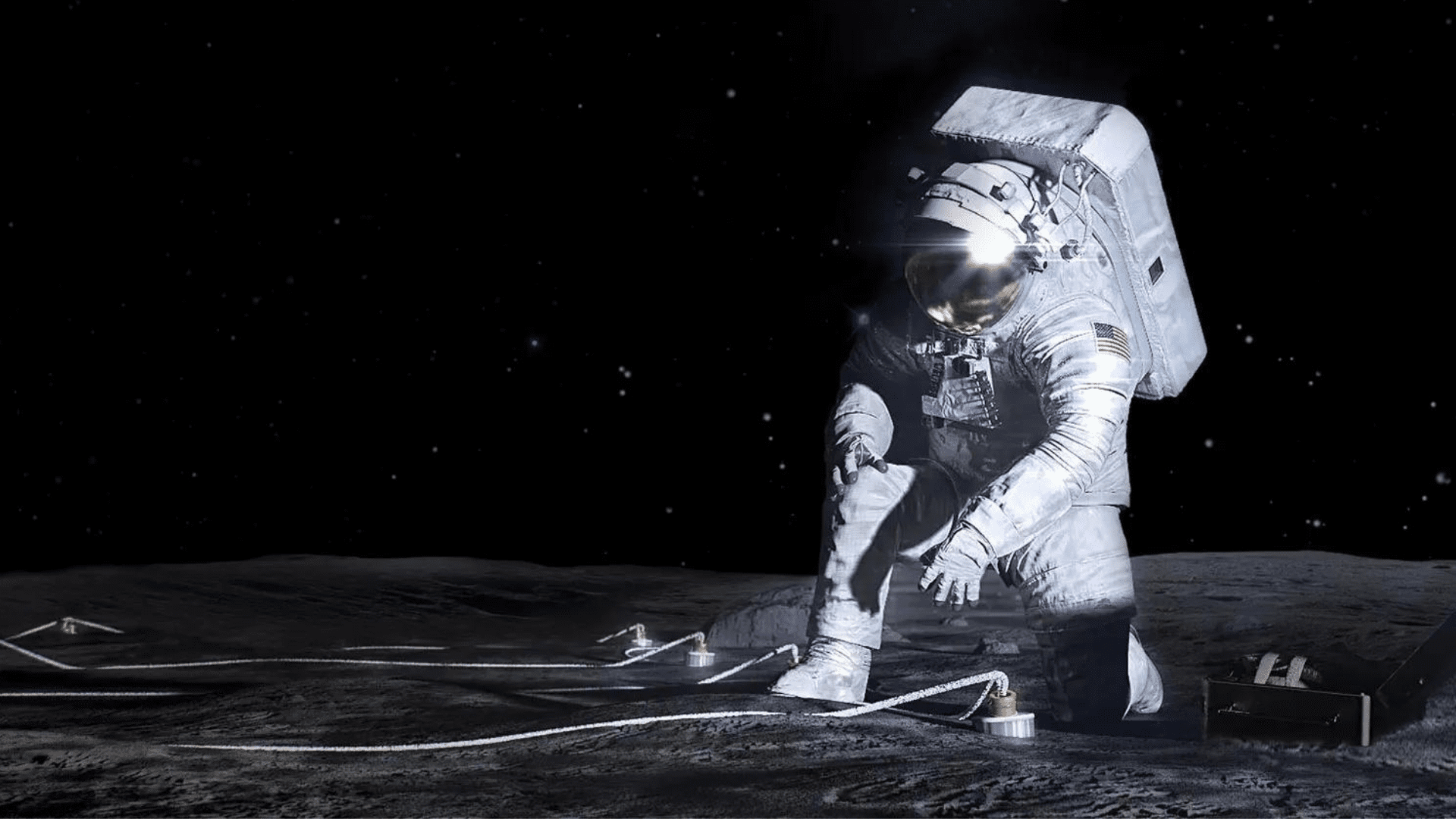
Astronauts will deploy the new scientific instruments on the south pole region of the Moon. It’s the same area where Odysseus landed to gather helpful data. Odysseus is the first U.S. craft on the Moon in over 50 years. Once the instruments are installed in the lunar region, they will help collect more valuable scientific data.
The three instruments will collect data about the lunar environment, the lunar interior, and how to sustain a long-duration human presence on the Moon. Additionally, the data collected about long-duration human presence will help prepare NASA to send astronauts to Mars.
NASA Deputy Administrator Pam Melroy said, “These three deployed instruments were chosen to begin scientific investigations that will address key Moon to Mars science objectives.”
Furthermore, the instruments aim to address three Artemis science objectives— understanding planetary processes, the character and origin of lunar polar volatiles, and investigating and mitigating exploration risks. NASA chose the instruments because of their unique installation requirement. The instruments rely on humans to deploy them during spacewalks. All three payloads require further development to fly on Artemis. Artemis III will launch in 2026. However, NASA will determine final decisions at a later date.
Explore Tomorrow's World from your inbox
Get the latest science, technology, and sustainability content delivered to your inbox.
I understand that by providing my email address, I agree to receive emails from Tomorrow's World Today. I understand that I may opt out of receiving such communications at any time.
The Lunar Instruments
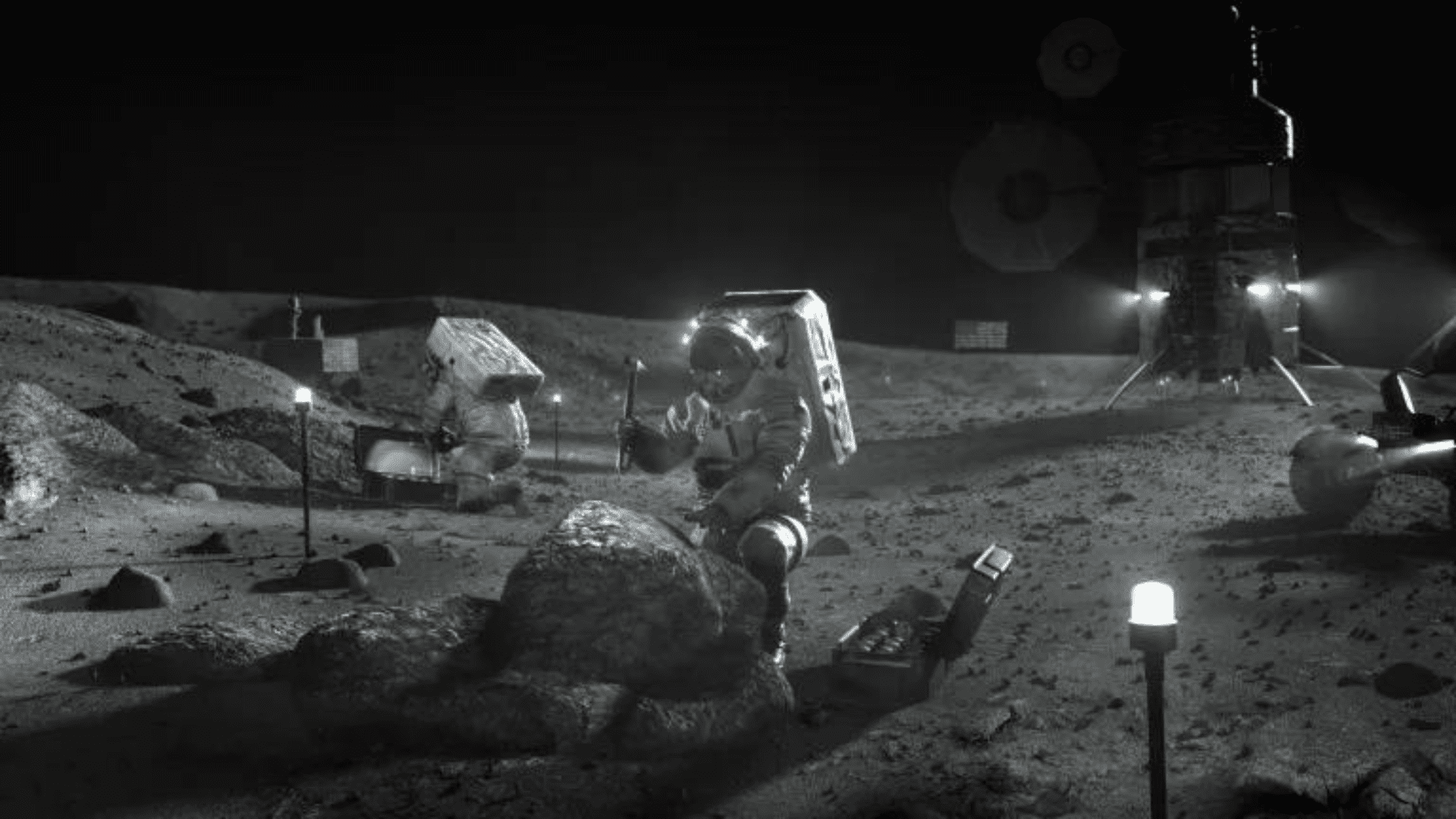
First is the Lunar Environment Monitoring Station (LEMS). LEMS is a compact, autonomous seismometer suite designed to carry out continuous, long-term monitoring of the seismic environment. Its main objective is to monitor ground motion from moonquakes in the South Pole region. The instrument characterizes the regional structure of the Moon’s crust and mantle. According to NASA, this adds valuable information to lunar formation and evolution models.
The second is Lunar Effects on Agricultural Flora (LEAF). LEAF strives to investigate the lunar surface environment’s effects on space crops. Moreover, LEAF is the first experiment to observe plant photosynthesis, growth, and systemic stress responses in space radiation and partial gravity. The plant growth and development data helps scientists understand the use of plants grown on the Moon. It helps them understand the plants’ use for human nutrition and life support on the Moon.
The third instrument is the Lunar Dielectric Analyzer (LDA). The LDA measures the Moon’s regolith to transmit an electric field. This electric field is a key parameter in the search for the Moon’s volatiles, especially ice.
Joel Kearns is the deputy associate administrator for exploration in NASA’s Science Mission Directorate in Washington. Kearns said, “These three scientific instruments will be our first opportunity since Apollo to leverage the unique capabilities of human explorers to conduct transformative lunar science.”
Artemis III
Astronauts on the ArtemisII mission will explore the Soth Pole region of the Moon. There are several proposed landings on some of the oldest areas of the Moon. The Artemis campaign will also put the first woman, person of color, and international partner astronaut on the lunar surface.



